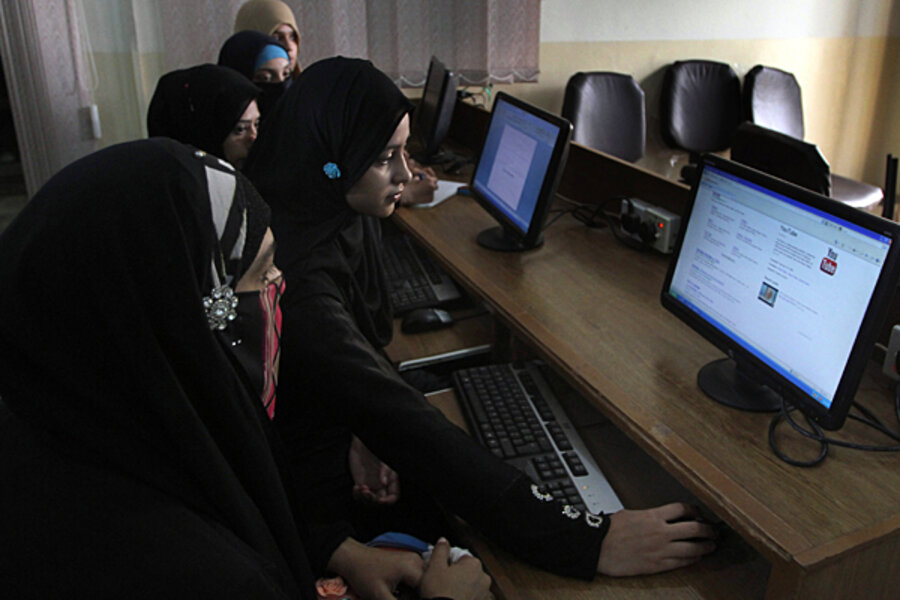Pakistan's YouTube ban, 1 year later
Loading...
| Islamabad, Pakistan
YouTube has been banned in Pakistan for a year now, underscoring the rising influence of Islamist hardliners and intolerance for free speech in the country.
The ban came after YouTube refused Pakistan's demand that it remove “the Innocence of Muslims” clips, outtakes from an attempt at making an anti-Islamic film that enraged many Muslims, from its website.
Islamists, backed by different religious parties came out to protest in the thousands, and started riots across Pakistan, leaving at least 20 people dead. Protestors also attempted to attack the US Embassy in Islamabad. The government eventually blocked access to YouTube last September, appeasing the protestors. A year later, despite calls to end the ban from free speech activists and business interests, the ban remains.
“The Pakistani government has been blocking Internet content under the pretext of national interest, religion, and morality,” says Hassan Belal Zaidi at the independent Internet rights advocacy group Bytes For All, based in Islamabad. “But it is actually trying to block any parallel discourse on the Internet and curtail freedom of expression of minorities... both political and religious, which speak against their persecution that happens quite often in Pakistan, and are not covered by mainstream media."
Youtube hasn’t been the only case of social media censorship in Pakistan. Facebook and Twitter have been banned for hosting what the government deemed blasphemous material. And websites promoting separatism in the restive province of Balochistan and those criticizing the powerful Pakistani Army are also regularly blocked.
It’s not a complete crackdown: Internet rights activists say many Pakistanis are getting around the ban in new and creative ways.The digital block can easily be circumvented, they say, by using proxies and virtual private networks.
“Software such as Hotspot Shield, Spotflux, or TOR Browser as well as a host of online proxy servers are being used to access YouTube in the country. Many Pakistan-specific mirror sites have also been set up to allow people here to access content on Youtube, directly and indirectly,” says Mr. Zaidi.
Though university students who cannot access proxies while on university servers are losing out, everyone from Internet experts to the former president’s son provide advice online on how to circumvent the ban.
“Anyone using iOS and looking to get around the YouTube ban I suggest downloading VPN One Click,” tweeted the former president's son Bilawal Bhutto Zardari, chairman of the Pakistan People's Party, the party that was in power when the YouTube ban was enforced last year.
One possible silver lining, say some observers, is that the ban and problems associated with using proxies has prompted a rise in alternative local websites. One example is www.tune.pk, which now has more than 25,000 registered users. “We cannot beg someone to erase the videos we do not like, instead we made our own space,” reads a statement on the website run as a private enterprise out of Lahore, the cultural capital of Pakistan. The website says the site regularly monitors content and removes any material that it feels is not suitable for a Pakistani audience.
That self-censorship is not satisfying to activists. Bytes For All, the advocacy group, has filed a lawsuit against the government's YouTube ban in the Pakistani courts, saying it curtails the fundamental rights of Pakistanis. The group's lawyer says the case is slow going because the government is terrified of inflaming religious sentiments and the possibility of more violence.








